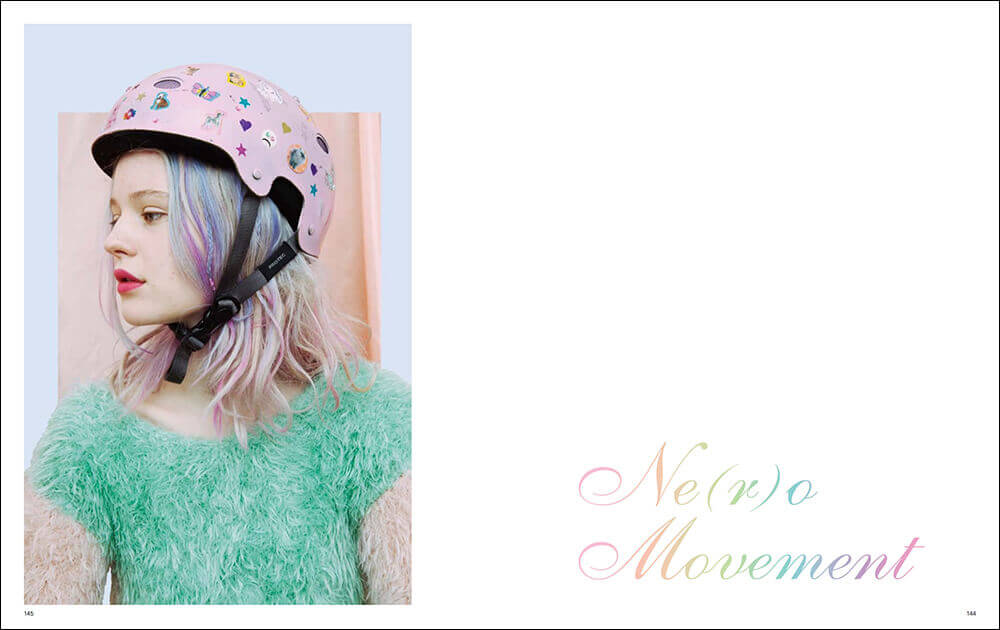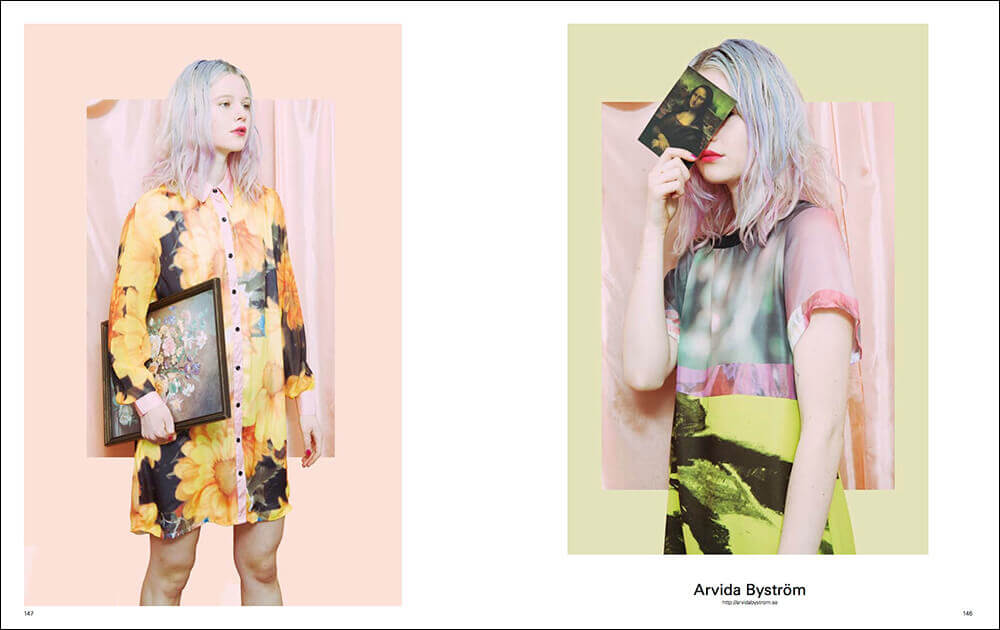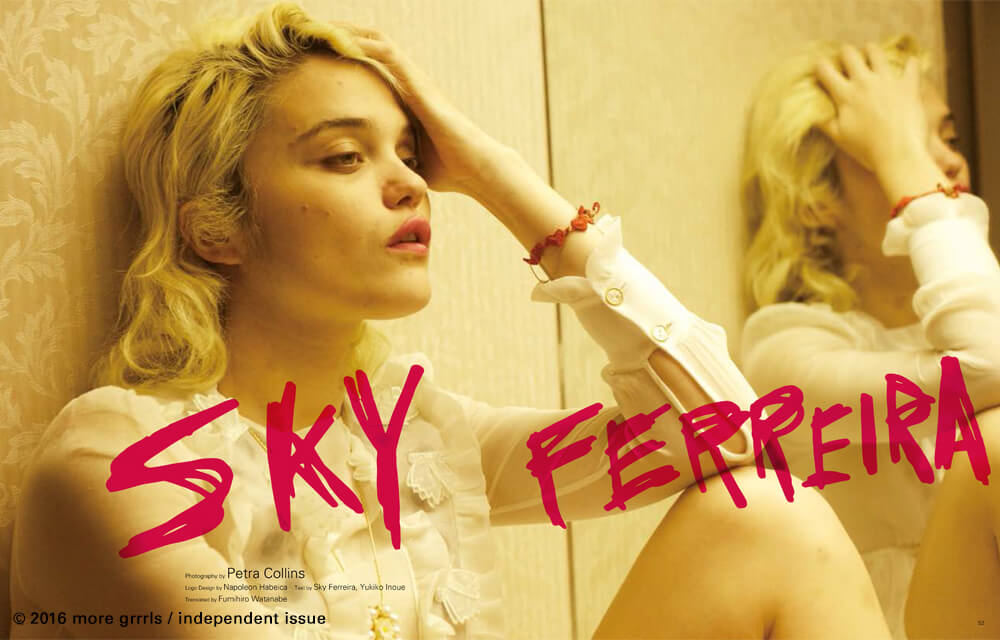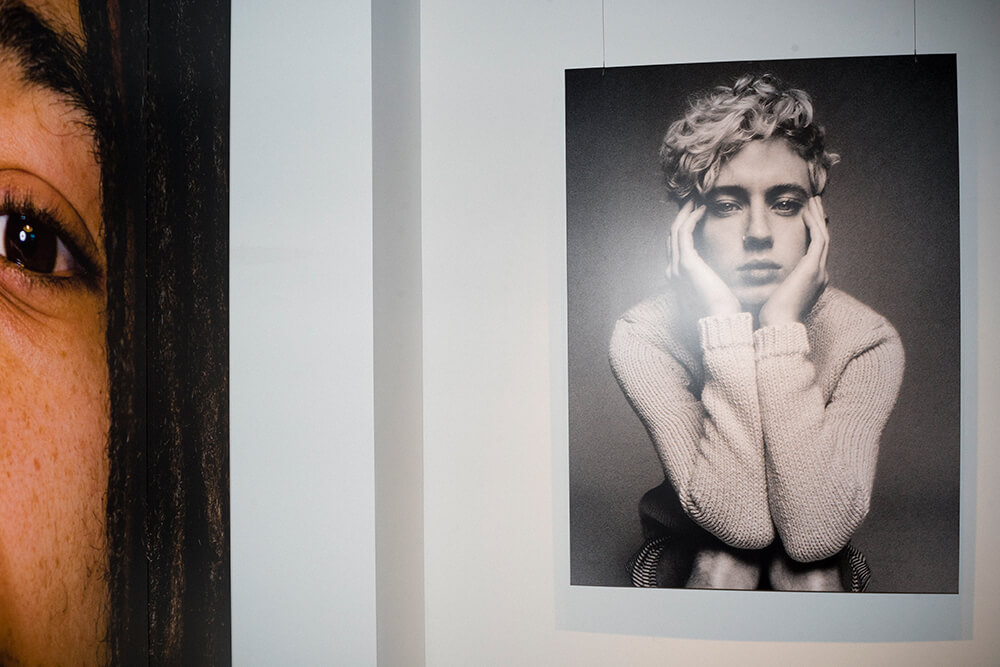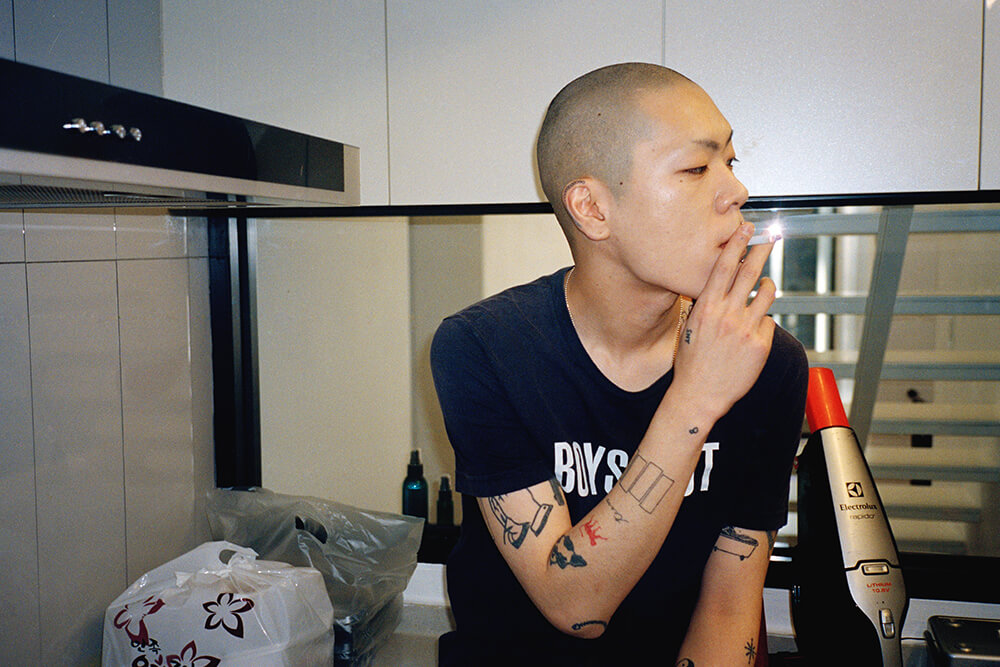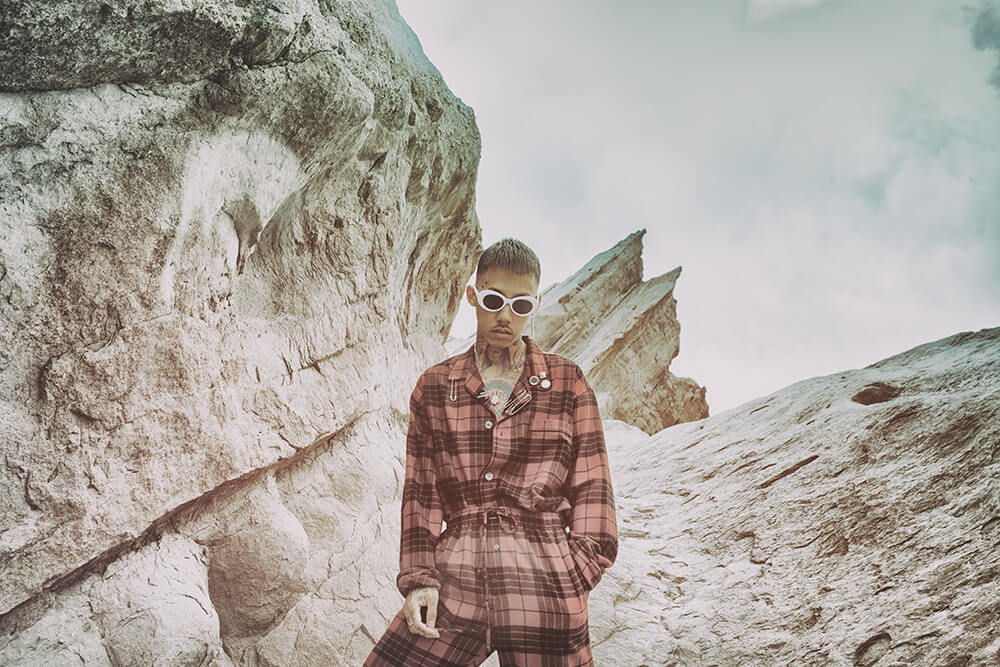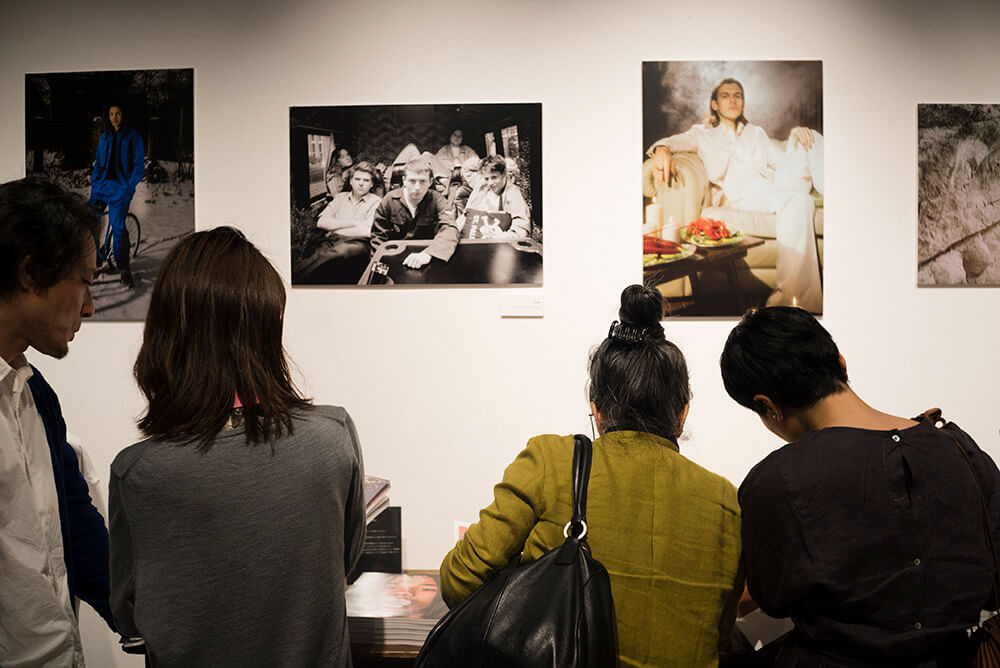「Nero(ネロ)」は、童話『フランダースの犬』に登場する心の美しい少年の名前です。それと、同時に古代ローマの悪名高き皇帝の名前もあります。つまりNeroは、善と悪、その両方のイメージを備えた名前です。かつてアンディ・ウォーホルは、キャンバスをいったん黒で塗りつぶして、その上に白を塗ってから絵を描いたといいます。それは、あたかも白色の「生」の下に黒い「死」がよこたわっている、そんな深淵なイメージをも抱かせます。生と死、陰と陽、善と悪、さらに言えばアートとポップ――そうした相反する要素が含まれた言葉に私たち人間の本来あるべき姿を見いだし、シンパシーを感じ、この冊子にNeroと名づけました。
もうひとつ、Neroは友人の飼っているロングコート・チワワの名前でもあります。チワワは小さく、一見非力に見えますが、その外見とは裏腹に、とても気が強く、負けずぎらいです。弱者のように見えて、そのなかに純な反骨と、折れない心を持つその姿は、社会的にはなんの力ももたないただの女の子/男の子にすぎない私たちに相応しいようにも思いました。
生きる力を失っている人、道に迷っている人、何か光を探している人、人生に退屈している人、生活に追われることに疲れている人……そんな人たちの心に、音楽やアート、本、ファッションなどの話題を通して、ほんの少しでも希望の光を照らすことが出来たら。そんな願いをこめて、この冊子を贈ります。
Nero is the name of the protagonist, the innocent and honest boy in the tale ‘Dog of Flanders.’It is also the name of the notorious Emperor from ancient Rome. Nero is a name that carries an image that is both good and evil, and that is what fascinated me about this name. It is said that Andy Warhol smeared his canvas entirely with black, only to cover the entire canvas with white on top of that, and finally started painting on top of those layers. Having black as a base = to sense that death coexists as a denominator of the act of living, and I feel a great sympathy to the idea and life that sensitively acknowledge this fact. Life and Death, Positive and Negative, Good and Evil, or even Art and PopWe felt that this single word that contains all these countering elements, ultimately describes us as humans, and decided to name our magazine Nero. Nero also happens to be a name of the dog of my close friend, a long coat Chihuahua. Chihuahuas are small and seem powerless, but contrary to their appearance, they are very fierce and aggressive, and have a big bark. Although their demeanor may look weak, they possess a spirit of defiance and a strong will, and we thought this was also fitting for boys/girls like us, who may have little or no power in society. We’d like to dedicate this issue, to those who cannot find the strength to live, to those who feel lost and confused, to those who are searching for light, to those who are simply bored, and to those who are tired from their daily lives. If we are able to shine a glance of hope to those people through music, art, literature, or fashion - We would like to present this magazine with that hope in mind.
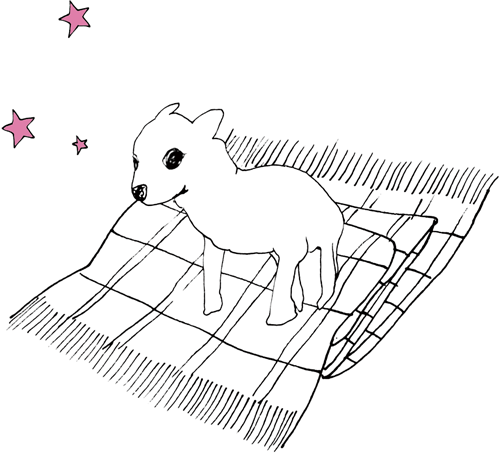
Yukiko Inoue is the editor-in-chief for nero magazine. She directs, curates and interview artists all by herself on every volume. She started her career as a member of Flipper’s Guitar and began writing about music for magazines like Hanako and POPEYE. She currently writes for a TV magazine and liner notes for artists like Feist, Phoenix, Gonzales, Mark Ronson and Kings of Convenience.
Original Article on GIRL HOUYHNHNM (https://girl.houyhnhnm.jp/culture/indie_mind_forever.php)
Interview by Kenichiro Tatewaki
Photo_Kisshomaru Shimamura (event)
Consistently maintaining the attitude of a music magazine, Nero has been highly acclaimed in both Japan and overseas, serving exceptionally beautiful editorials unlike the other music magazines. Yukiko Inoue, the editor-in-chief who also works as a music journalist, talks about the true essence of creations at the releasing party for its 10th issue.





